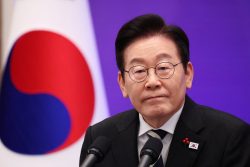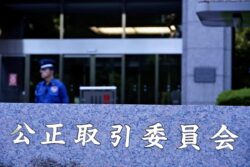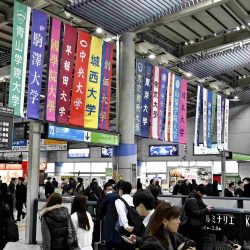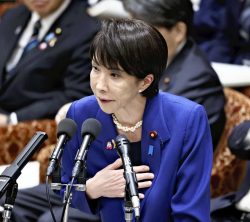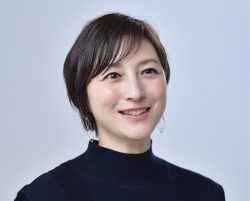Japan Prime Minister Shigeru Ishiba Launches New Cabinet; Key Issues Expected to Include Economy, Disaster Resilience
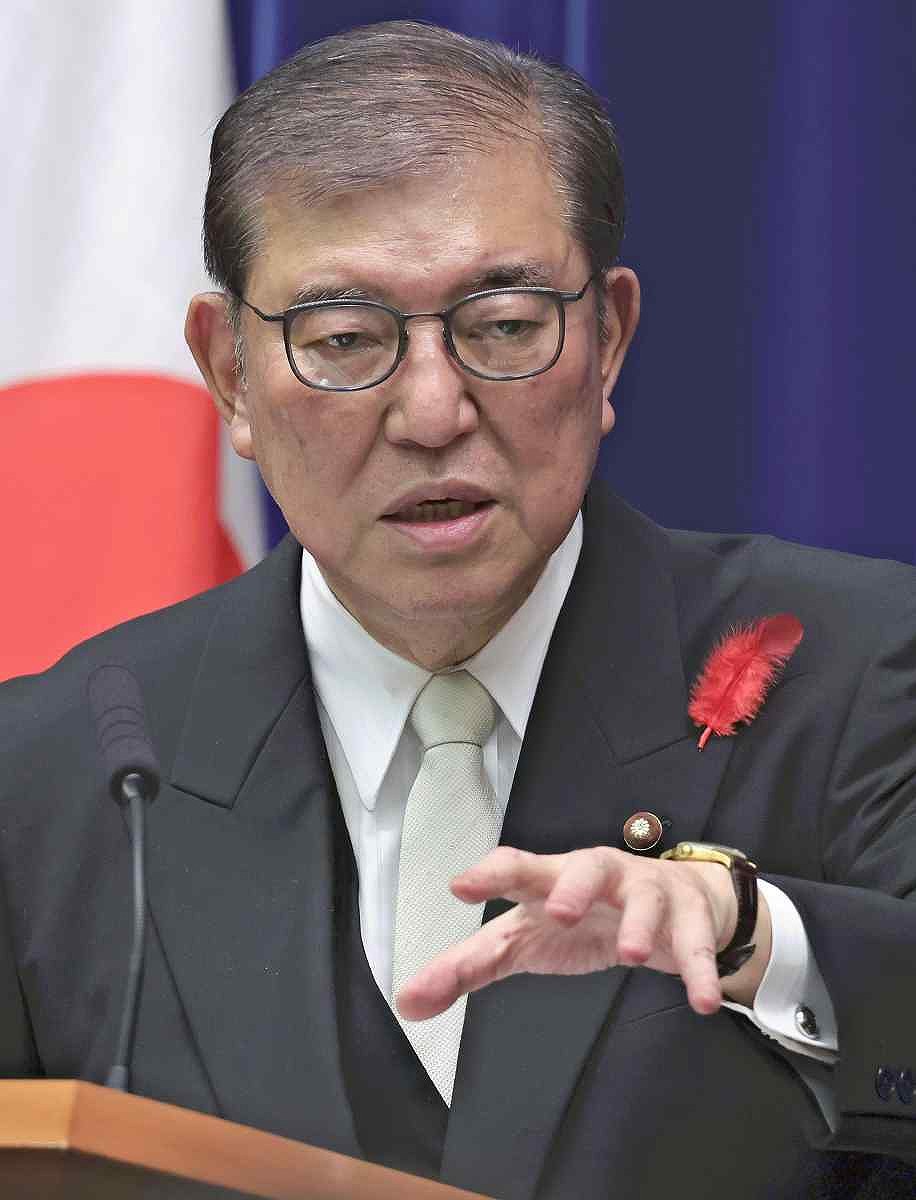
Prime Minister Shigeru Ishiba speaks during a press conference at the Prime Minister’s Office on Tuesday.
16:01 JST, October 2, 2024
The Cabinet of Prime Minister Shigeru Ishiba was inaugurated on Tuesday afternoon, following its designation at the Diet and an attestation ceremony at the Imperial Palace.
Ishiba said later on the day that he would dissolve the House of Representatives on Oct. 9. Campaigning for the lower house election will kick off on Oct. 15, with voting and ballot counting set for Oct. 27.
The new administration is expected to focus on economic measures, strengthening disaster resilience and regional revitalization, as well as strengthening ties with allied and like-minded countries.
At a press conference on Tuesday night, Ishiba called his ministers the “Cabinet of understanding and sympathy.”
“I’ll speak the truth to the people with courage and sincerity,” Ishiba said. “I’ll implement politics that are humble, sincere and warm.”
Ishiba is expected to dissolve the lower house eight days after becoming prime minister, the swiftest such move since the end of World War II. “A new Cabinet has been formed. It is consistent with the Constitution to therefore seek the people’s mandate on the new Cabinet,” he said.
Ishiba said he would soon order a review of economic measures to deal with high prices, and expressed his intention to aim for a nationwide average minimum wage of ¥1,500 in the 2020s. Regarding disaster resilience measures, Ishiba said, “We will work to establish a disaster resilience agency to squarely address the concerns of the people.”
On the matter of regional revitalization, he has appointed an official for a newly created ministerial post with an eye on establishing a “headquarters for the creation of new regional economies and living environments.”
Ishiba has long advocated a review of the Japan-U.S. Status of Forces Agreement.
“It’s to make the Japan-U.S. alliance stronger, and there will be no change in the obligations of Japan and the United States,” he stressed at the press conference. “I’ll seek discussions in the Liberal Democratic Party as necessary.”
“I don’t think it will be realized right away just because I became prime minister,” Ishiba also said. There are concerns in the United States about a review of this agreement, and the future response of the new administration will be tested.
Prior to forming his Cabinet, Ishiba met with Keiichi Ishii, the leader of ruling coalition partner Komeito, at the Prime Minister’s Office and confirmed that the LDP and Komeito will maintain the coalition government.
The extraordinary Diet session began on Tuesday, and Ishiba is scheduled to deliver a policy speech on Friday. The LDP has proposed to the opposition parties that Diet interpellations by representatives of ruling and opposition parties be held on Monday and Tuesday.
It is also seeking one-on-one Diet debates between Ishiba, who is president of the LDP, and other party leaders on Wednesday.
Ishiba is then scheduled to attend the Association of Southeast Asian Nations-related summit meeting in Laos on Oct. 10-11, marking his debut in summit diplomacy.
The Ishiba Cabinet contains 13 people who were appointed to their ministerial positions for the first time and two female ministers. Lower house member Keiichiro Tachibana, House of Councillors member Kazuhiko Aoki, and Fumitoshi Sato, a former vice minister for the Internal Affairs and Communications Ministry, were appointed as deputy chief cabinet secretaries.
Ishiba is also expected to appoint senior vice ministers and parliamentary secretaries on Thursday.
Related Tags
"Politics" POPULAR ARTICLE
-

Japan to Support Central Asian Logistics Route That Bypasses Russia, Plan to Be Part of Upcoming Summit in Tokyo
-

Japan to Tighten Screening of Foreigners’ Residential Status by Providing Information of Nonpayment of Taxes
-

Chinese, Russian Bombers Flew Unusual Path by Heading Toward Tokyo; Move Likely Meant to Intimidate Japan
-
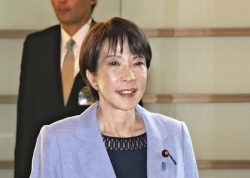
Japan Plans National Database to Track Foreign Ownership of Real Estate, Land as It Weighs New Rules
-

Up to 199,000 Deaths Estimated From Mega-Tsunami; Most Recent Occurrence Took Place in 17th Century
JN ACCESS RANKING
-

Tokyo Economic Security Forum to Hold Inaugural Meeting Amid Tense Global Environment
-

Keidanren Chairman Yoshinobu Tsutsui Visits Kashiwazaki-Kariwa Nuclear Power Plant; Inspects New Emergency Safety System
-

Imports of Rare Earths from China Facing Delays, May Be Caused by Deterioration of Japan-China Relations
-

University of Tokyo Professor Discusses Japanese Economic Security in Interview Ahead of Forum
-

Japan Pulls out of Vietnam Nuclear Project, Complicating Hanoi’s Power Plans



-250x167.jpg)
